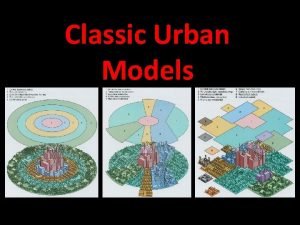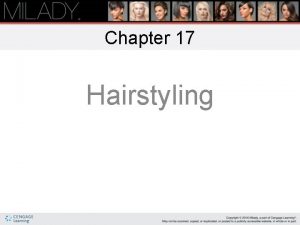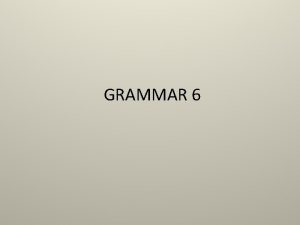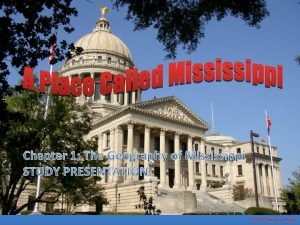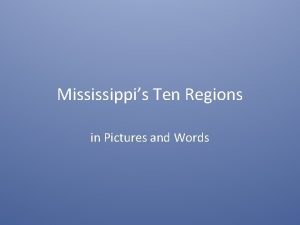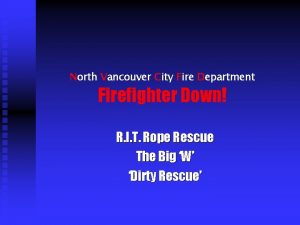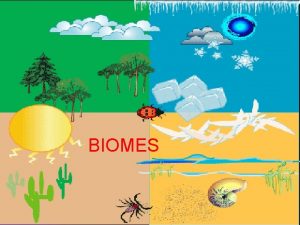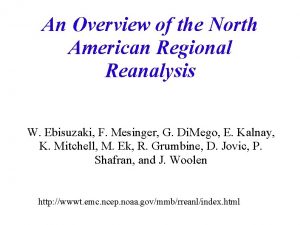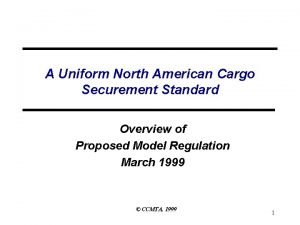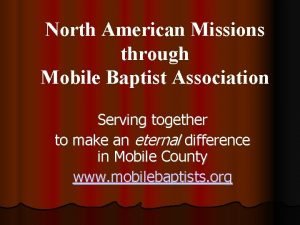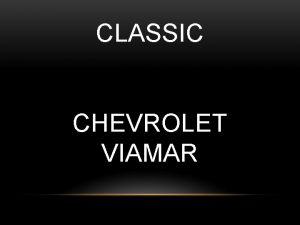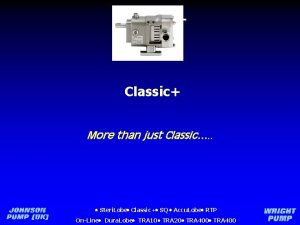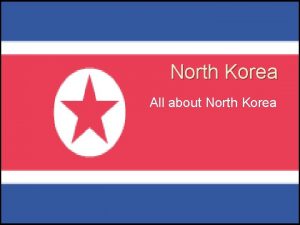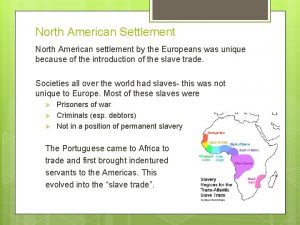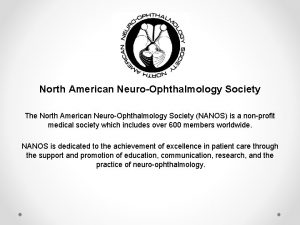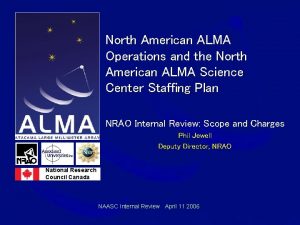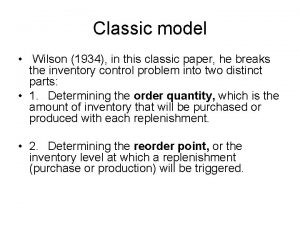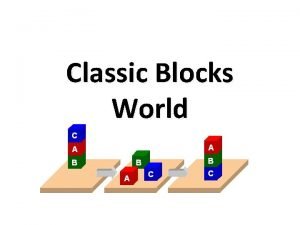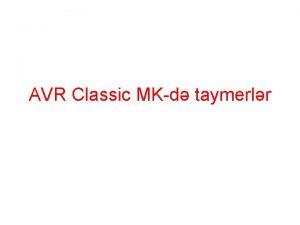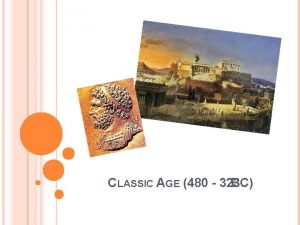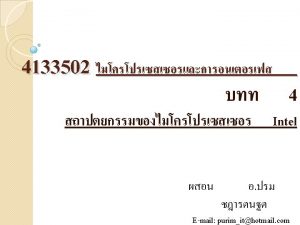Classic North American City Models All Three Models





















- Slides: 21

Classic North American City Models

All Three Models • • • developed during the first 1/2 of the 20 th century, a period of rapid urbanization in N. America based on studies in Chicago (Burgess and Hoyt) focus of the models is different types of land use

Concentric Zone Model, E. W. Burgess (1920 s, Chicago) • • argues that urban land use is best represented by a series of concentric circles five distinct zones o o o CBD/nonresidential zone in transition/poorest quality housing/immigrants/apartments zone of workingmen's homes/2 nd generation immigrant settlement zone of 'better residences'/middle class commuters' zone/high-class residential

Concentric Zone Model

Concentric Zone Model: Land Use Competition and Bid rent • the concentric pattern arises as land uses compete and are sorted according to ability to pay for land. As one moves toward the central city, land becomes scarcer but accessibility improves, the rent therefore increases, and land uses that cannot exact sufficient rent are sorted out. Similar activities are likely to be found at similar distances from the CBD.


Sector Model, H. Hoyt (1930 s, Chicago) • • • model assumes the land use is conditioned by transportation routes radiating outward from the city center. industrial, retailing, and residential districts extend out from the CBD like wedges Hoyt saw the best housing extending north from Chicago along Lake Michigan

Hoyt Sector Model

Multiple Nuclei Model, C. D Harris and E. L. Ullmann (1940 s, early suburbanization) • • model assumes that urban areas have more than one focal point influencing land use land-use patterns are formed around several discrete nuclei that attract certain uses and repel others. These nuclei most often develop in response to the evolving transportation network. They form, for example, around major highway intersections and surrounding airports

Multiple Nuclei Model • • These multiple nuclei may have arisen in one of two ways: o they were once separate settlements but were absorbed by growth of the urban area o they appeared as urban growth stimulated specialization and specialized centers outside the CBD, around which complementary uses then located Residential land use develops in response to the influence of various nuclei

Multiple Nuclei Model

Changes in urban land use patterns in North America Two of the most important changes: inner cities that were once reserved for business and a ring of the poorest-quality housing are being "revived. " suburbs have taken on the roles more typically associated with the CBDs. • •

Transportation and urban growth

Elements that contribute to the two trends - edge cities p. 263 - the 'galactic city'/peripheral Model p. 263 - master-planned communities - new urbanism p. 275 - suburbanization of business - high-tech corridors p. 374 - gentrification p. 273 - technopoles p. 375

“Edge cities” - suburban nodes: high-rise offices, shopping, entertainment, hotels - designed for auto travel Located along freeways or beltways Philadelphia's Edge Cities

Galactic City or Edge City Model

Urban sprawl – contemporary problem Low-density “leapfrog” developments beyond urban edge Lack of coordinated planning between jurisdictions Consequence of car-dependent urban growth

Contemporary urban trends Infill development (opposite of sprawl)

Contemporary urban trends “New Urbanism”

Contemporary urban trends Gentrification and Downtown Revitalization

Relevant vocabulary • • • Teardowns and Mc. Mansions pg. 273 Boomburg – incremental development around highway or mall Greenfield – previously undeveloped land site becomes a master planned community pg. 277 Brownfield – previously developed land left abandoned because of real or perceived env. contamination, could be subsequently rehabilitated and developed anew Uptown – a settlement that predated urban expansion but may now be connected to large metropolitan area
 Sector model
Sector model Urban model latin america
Urban model latin america Name the 4 pin curl bases and their uses
Name the 4 pin curl bases and their uses Name 3 points
Name 3 points True north vs magnetic north
True north vs magnetic north Integrated care system north east
Integrated care system north east Chapter 14 lesson 1 the industrial north
Chapter 14 lesson 1 the industrial north The north pole ____ a latitude of 90 degrees north
The north pole ____ a latitude of 90 degrees north San diego continuing education north city campus
San diego continuing education north city campus The geography of mississippi
The geography of mississippi Which city is located in the north central hills region?
Which city is located in the north central hills region? Geoweb north vancouver
Geoweb north vancouver Dnv geoweb
Dnv geoweb Why are cold fronts steeper than warm fronts
Why are cold fronts steeper than warm fronts Biomes of north america
Biomes of north america North american regional reanalysis
North american regional reanalysis Air masses in north america
Air masses in north america North american cargo securement standard
North american cargo securement standard North american gaming regulators association
North american gaming regulators association North american association for environmental education
North american association for environmental education Mobile baptist association
Mobile baptist association Namb
Namb
